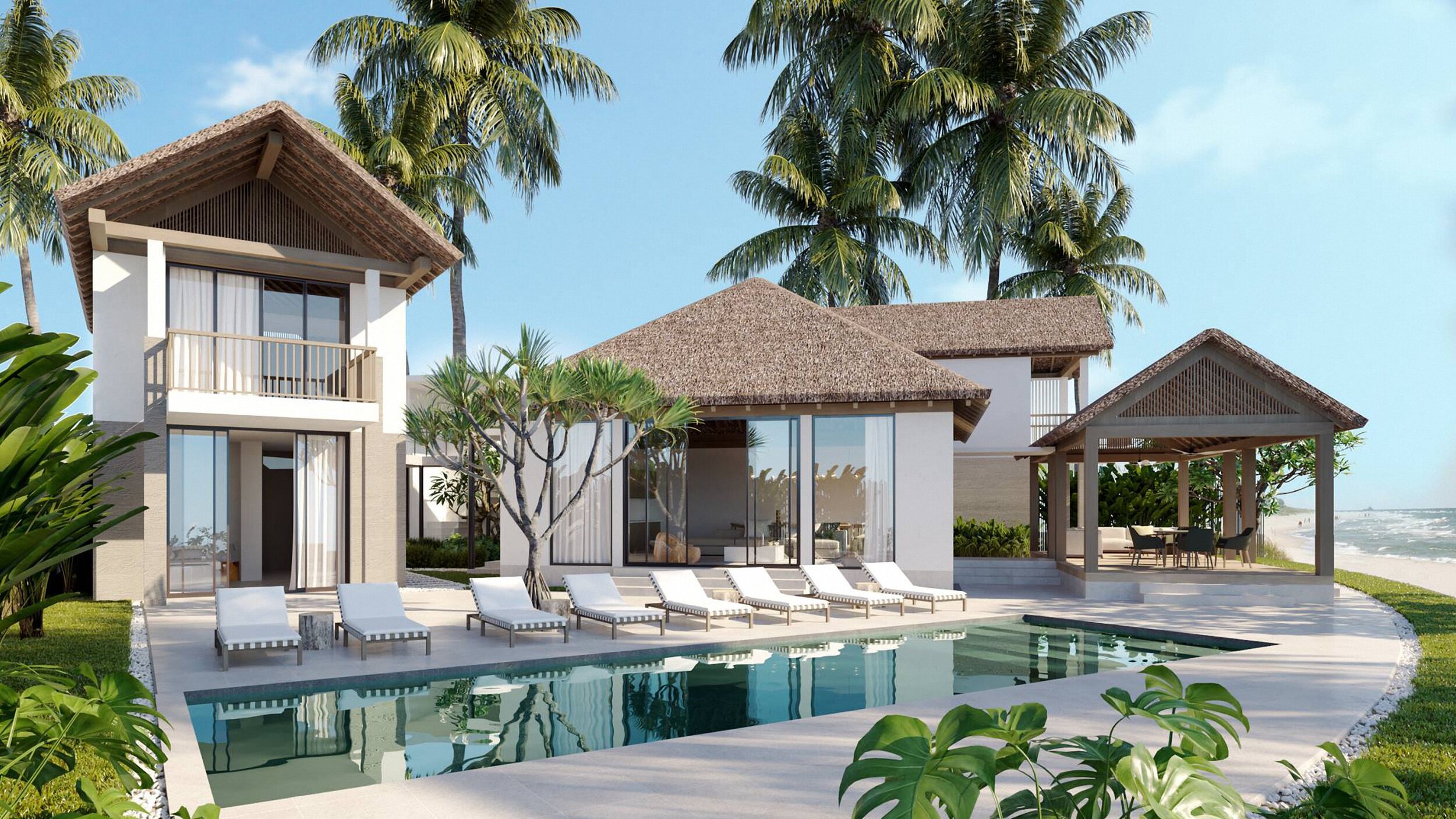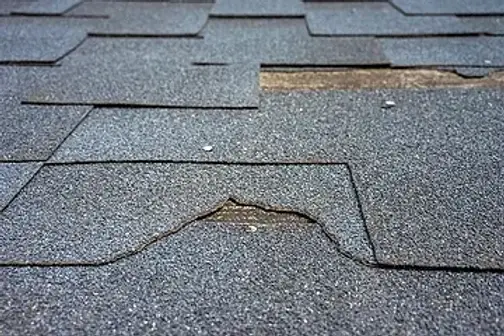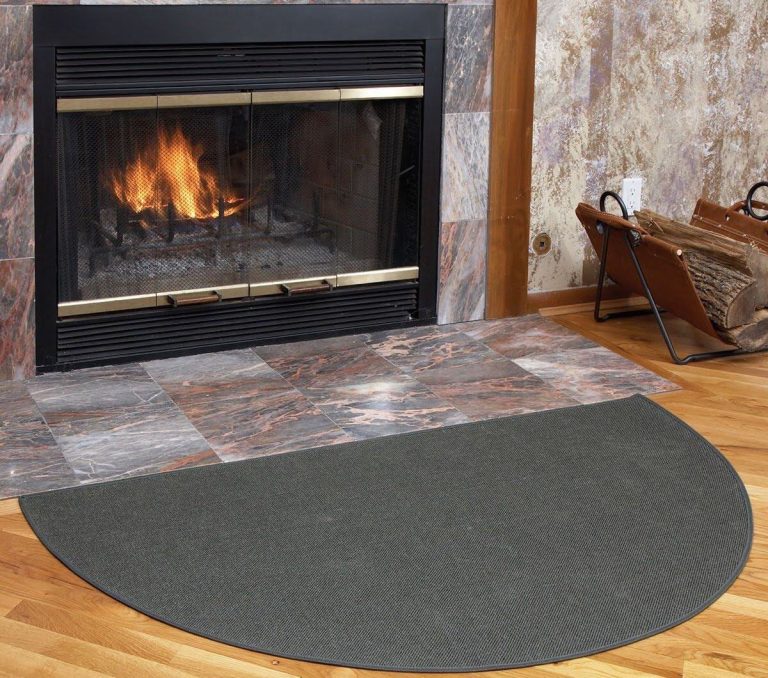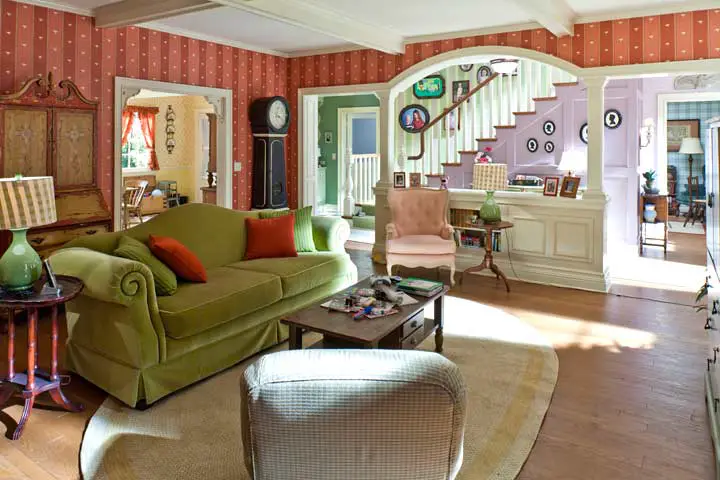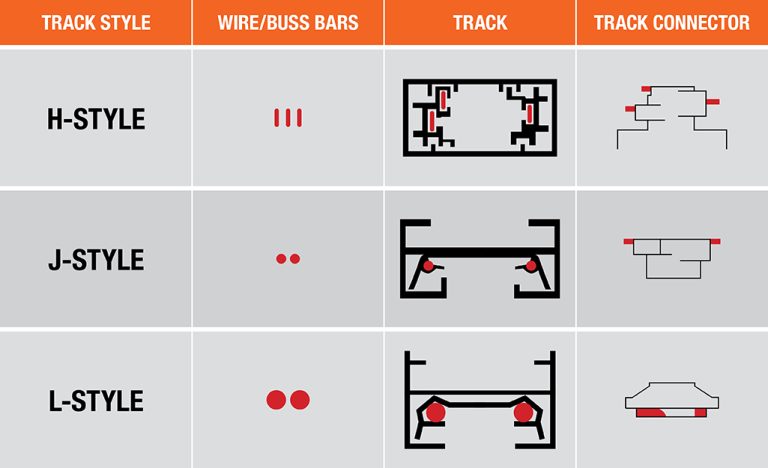What Is The Best Home Design For A Hot Climate?
The best home design for a hot climate should be tailored to the specific climate of the area. It should feature materials and designs that can provide excellent insulation from the heat, while still allowing for proper ventilation and airflow. The home should be designed to make use of natural cooling, such as cross-ventilation, shading from trees, and orientation to maximize the cooling effect of prevailing winds.
In addition, low-E windows, reflective roofing, and other features can help to reduce the amount of heat that enters the home. Finally, the home should be designed to incorporate passive cooling strategies, such as water features, courtyards, and light colors on walls and roofing materials.
Identifying Hot Climate Considerations
The climate is an ever-changing and dynamic force that affects us all. As such, it is important to consider the effects of hot climates when making decisions. Hot climates present a range of considerations, from air quality to water availability, and everything in between. Knowing what to look out for can help you make informed decisions that take hot climates into account. From choosing the right materials for construction projects to understanding the impact of agricultural practices, identifying hot climate considerations can help you plan for the future. So, the next time you’re looking to make a decision in a hot climate, make sure you consider the environment and the effects of the climate. It’s the smart thing to do!
Benefits of an Open Floor Plan
An open floor plan offers a range of benefits for both homeowners and businesses. Open floor plans allow for more natural light and ventilation, creating a bright and airy atmosphere. This type of layout also encourages communication and collaboration, as visuals are easily shared and conversations can be had without having to move from room to room. In addition, open floor plans can make a space look much larger, creating a sense of openness and spaciousness. Open floor plans also provide more flexibility, allowing for walls to be easily added or removed as needed. Ultimately, open floor plans are a great way to maximize the use of space, allowing for more efficient use of resources.
Strategies for Keeping the Home Cool
The warm weather can be a challenge for many households during the summer months, with high temperatures making the home an uncomfortable place to be. But with the right strategies, you can keep your home cool without relying on expensive air conditioning. Here are a few tips for keeping your home cool without breaking the bank: use light-colored curtains to block out the sun’s rays, install fans to circulate air through the house, and open windows during the cooler hours of the day to let in fresh air. Additionally, keep blinds and curtains closed during the day, avoid using heat-producing appliances, and use reflective window films to reduce the amount of heat that enters through the windows. These strategies can help you keep your home cool and comfortable during the summer months.
Incorporating Natural Light and Airflow
Natural light and airflow are two of the most important elements in any living space. Natural light not only adds to the overall aesthetic of a room, but also provides a healthy source of vitamin D. Additionally, having adequate airflow helps to reduce allergens and dust in the air, promotes better air quality, and can help to regulate the temperature of the room. By incorporating natural light and airflow into your home, you can create an environment that is both aesthetically pleasing and healthy. Natural light and airflow are simple, yet often overlooked, ways to improve the overall quality of your home.
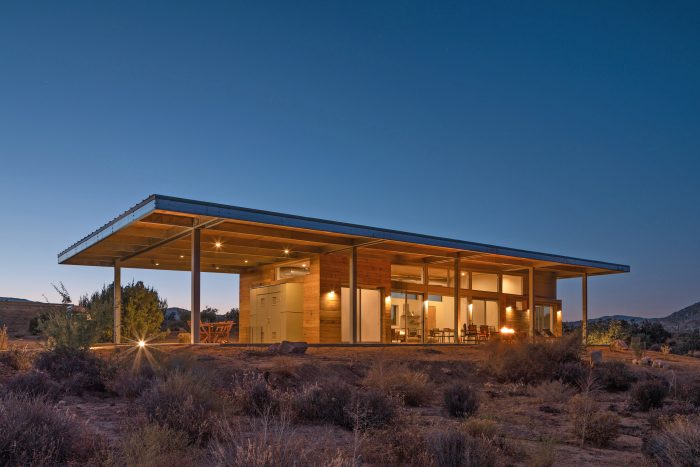
Choosing the Right Materials
Choosing the right materials for your project or product can be a tricky decision. Not only do you need to consider the cost, but also the longevity, look, and feel of the material. When it comes to making the right choice, knowledge is key. Understanding the various materials available and the pros and cons of each will help you make a more informed decision. With the right information, you will be able to select the perfect material for your needs and ensure your project or product is of the highest quality.
Ventilation Systems
Ventilation systems are an essential part of any home or business. They help to keep the air fresh, clean, and free from pollutants. Proper ventilation is important for a comfortable and healthy indoor environment. A well-designed system will circulate air efficiently while minimizing energy use and noise. It can also help to reduce the risk of mold growth and control moisture levels. Ventilation systems come in a variety of options, from central forced-air systems to individual window units. With the right system, you can improve air quality and create a more comfortable and healthy living environment.
Water Conservation Considerations
Water conservation is an important consideration for all of us. It is essential to ensure that our water resources are used in an efficient and sustainable way. We can all do our part to reduce water waste and promote water conservation. Simple changes like fixing leaks, using water-efficient appliances, and limiting outdoor water use can help us conserve water. Additionally, we can conserve water by reducing our reliance on single-use plastics, reusing and recycling greywater, and looking for ways to capture and store rainwater. Through these efforts, we can help reduce our water footprint and ensure that our water resources remain available for future generations.
Landscaping for Shade and Cooling
Landscaping for shade and cooling is an excellent way to make your outdoor space more comfortable, cool, and inviting. By strategically placing trees and shrubs, you can create shade and provide a natural cooling effect to your garden or patio. You can also use temporary shade, like umbrellas and awnings, to cool areas that don’t get a lot of direct sunlight. Additionally, using light-colored and reflective materials in your landscaping can help reduce heat buildup in your outdoor space. With a little planning and creativity, you can create a space that’s cool and inviting all summer long.
FAQs About the What Is The Best Home Design For A Hot Climate?
1. What types of architectural designs are best for a hot climate?
A: Many architectural designs can be suitable for hot climates, such as those that incorporate natural ventilation techniques, large overhangs, passive cooling, and light-colored materials.
2. What materials should be used when building a home in a hot climate?
A: When building a home in a hot climate, materials with good insulation and reflective properties should be used. Light-colored surfaces can help reduce heat buildup, while materials like concrete, stone, and ceramic tile can help keep the interior cool.
3. What landscaping techniques can be used to help keep a home cool in a hot climate?
A: Landscaping techniques such as using shade trees and shrubs to block direct sunlight, using mulch to reduce soil temperatures, and using drought-tolerant plants can help keep a home cool in hot climates. Additionally, incorporating water features like fountains and waterfalls can help create a cooling effect.
Conclusion
The best home design for a hot climate is one that is energy-efficient and takes advantage of natural ventilation and shading. Consider a design that uses low-maintenance materials and incorporates features such as overhangs, awnings, and trellises to shade windows and doors. Additionally, opt for light colors and reflective surfaces on the exterior of the home to minimize solar heat gain. Ultimately, with the right design and features, homeowners in hot climates can enjoy a comfortable, energy-efficient home.

